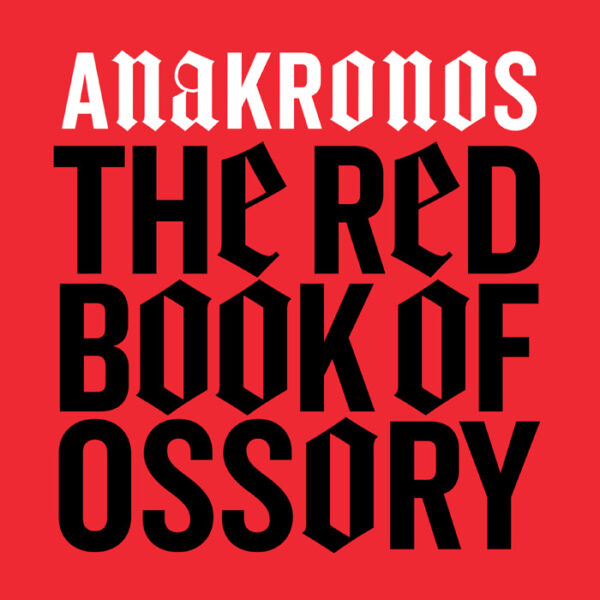Description
Citadel of Song sings the enduring and complex story of romance against the backdrop of imperiled humanity. As the Black Death ravages Florence, 10 young aristocrats (and their servants) leave the city and go into the countryside to build a fortress of songs, stories and dances that will protect them from pandemic-induced soul-destroying fear and creeping dispassion. This is the frame story of Boccaccio’s Decameron, the iconic masterpiece of Western literature written during & relating to the plague that swept through Asia, North Africa and Europe between 1347 and 1351.
The 7 women and 3 men who flee Florence spend ten days feasting, conversing and telling stories. At the end of each day, when 10 stories have been told by each of the 10 storytellers, one of them sings a song. The lyrics to the songs by Boccaccio are given, the music is left to the imagination of the reader. Anakronos’ director Caitríona O’Leary, an internationally acclaimed singer, known for her work in Early Music, Traditional Irish music and Folk, has reconstructed the songs, setting Boccaccio’s lyric poetry to music of the Italian Ars Nova, or Trecento, a forward-looking style from 14th century Northern Italy. And, as all the texts are in the ballata form (a popular song form similar to the French virelai), has scoured the sources of extant Trecento ballate, notably the Squarcialupi Codex and Rossi Codex, to find music that could be reimagined to Boccaccio’s words. True to its name, Anakronos has taken these songs from 700 years ago and fused them with sounds and moods of today.
Caitríona O’Leary states, “I plunged into the surviving codices looking for ballate that most closely matched the syllable count of Boccaccio’s poetry; and, after carefully following the underlay of the original borrowed songs (exquisitely florid phrases, funkily syncopated hockets, rest-broken words and all), took them to my bandmates for us to use as the starting point in our journey to somewhere else entirely.”
Citadel of Song was funded by a Music Project Award from the Arts Council of Ireland.

Anakronos
Caitríona O’Leary – Voice, Director
Nick Roth – Soprano & Tenor Saxophones, Bendir, Saxophonics
Deirdre O’Leary – Bass & Bb Clarinets
Barry O’Halpin – Electric Guitar, Guitarrón
Andrea Piccioni – Tamburello, Tamburo Muto, Marranzano, Kanjira, Castagnette, Live Electronics
Track Listing
DISC ONE
Track 1 – Day 1
Io son sì vaga della mia bellezza
music: I’ vivo amando by Gherardello da Firenze (c.1320-c.1362), from the Squarcialupi Codex, compiled in Florence, early 15th century
Track 2 – Day 2
Qual donna canterà
music: De’ poni amor by Gherardello da Firenze, from the Squarcialupi Codex
Track 3 – Day 3
Niuna sconsolata
music: Se merçè, donna by Francesco Landini (c.1325-1397), from the Panciatichiano Codex, compiled in Florence, late 14th century
Track 4
Regina Pretiosa
music: adapted from anon., the Florence Laudario, compiled in Florence, early 14th century
Track 5 – Day 4
Lagrimando dimostro
music: Con gli occhi by Landini, from the Squarcialupi Codex
Track 6 – Day 5
Amor, la vaga luce
music: Donna l’altrui mirar by Gherardello da Firenze, from the Squarcialupi Codex
DISC TWO
Track 1 -Day 6
Amor, s’io posso uscir de’ tuoi artigli
music: Donn’e fu credenza by Lorenzo da Firenze (died c. 1372), from the Squacialupi Codex
Track 2
Love’s Claw Dance
music: Caitríona O’Leary
Track 3 – Day 7
Deh, lassa la mia vita
music: Non vedi tu amore by Lorenzo da Firenze, from the Squarcialupi Codex
Track 4 – Day 8
Tanto è, Amore, il bene
music: Ben di fortuna by Niccolò da Perugia (fl. 2nd half 14th century), from the Squarcialupi Codex
Track 5 – Day 9
Io mi son giovinetta
music: Lucente stella, anonymous from the Rossi Codex, compiled in Florence or the Veneto, late 14th century
Track 6 – Day 10
S’amor venisse senza gelosia
music: Sento d’Amor la fiamma by Lorenzo da Firenze from the Squarcialupi Codex
Track 7 – Epilogue
Irae Dance
music: Caitríona O’Leary, after Dies Irae, attr.Tomas de Celano (1200-1265) from British Library Add MS 2998, compiled in Tuscany, late 14th/early 15th century





Reviews
There are no reviews yet.